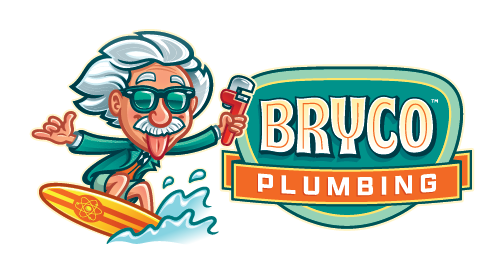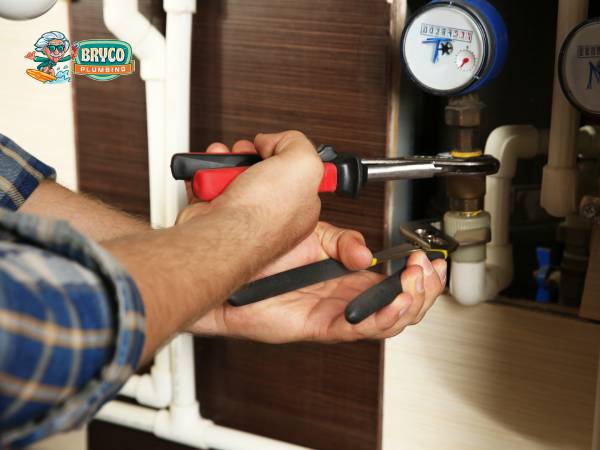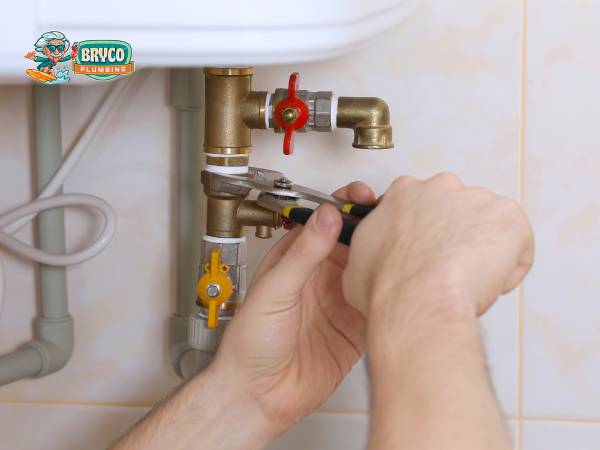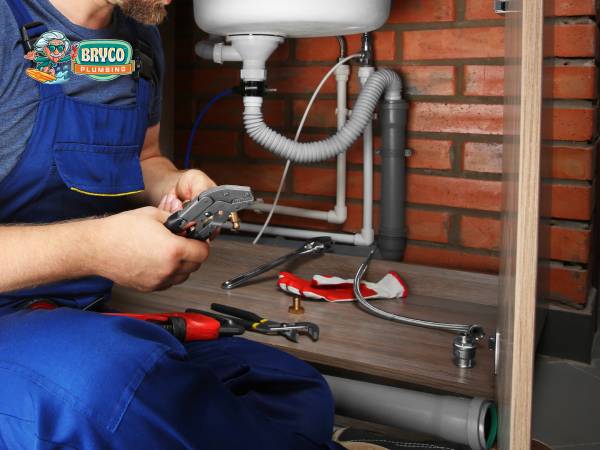When it comes to household plumbing issues, few things are as frustrating as leaky faucets and clogged drains. These common problems may seem like minor inconveniences at first, but they can quickly escalate into more serious issues if left unaddressed. A leaky faucet can waste a significant amount of water, while a clogged drain can result in unpleasant odors and slow water flow. Understanding how to fix these problems yourself or when to call a professional can save you both time and money. In this article, we’ll provide practical tips on how to fix leaky faucets and clogged drains, two of the most common plumbing issues faced by homeowners.
How to Fix a Leaky Faucet
A leaky faucet is one of the most common plumbing problems, and it can be found in almost every home. Whether it’s a constant drip or a slow leak, a leaky faucet can waste gallons of water over time, leading to higher water bills and unnecessary environmental waste. Fortunately, fixing a leaky faucet is often straightforward, and with the right tools, you can handle the job yourself.
Common Causes of a Leaky Faucet
Leaky faucets are usually caused by worn-out or damaged parts. The most common culprits include:
- Worn-out washers: The rubber washer that sits under the faucet handle can wear down over time, causing a leak.
- Damaged O-rings: O-rings are small rubber seals that help prevent leaks around the faucet handle and spout. When these seals degrade, they can cause water to leak out.
- Corroded valve seat: The valve seat connects the faucet to the spout. If it becomes corroded or damaged, it can cause leaks.
- Loose parts: Over time, parts of the faucet, such as the faucet handle or spout, may become loose and result in leaks.
How to Fix It
If you’re dealing with a leaky faucet, follow these steps to repair it:
- Turn off the water supply: Before you start, make sure to shut off the water supply to the faucet. This is usually done by turning the valve under the sink clockwise.
- Disassemble the faucet: Use a wrench or pliers to remove the handle and any other parts of the faucet that are in the way. Be sure to keep track of each part as you remove it so you can reassemble it later.
- Inspect the parts: Look for any visible signs of damage, such as a worn-out washer, corroded valve seat, or cracked O-rings. Replace any damaged parts with new ones that match the size and type of your faucet.
- Reassemble the faucet: Once you’ve replaced the damaged parts, carefully reassemble the faucet in the reverse order of disassembly.
- Turn the water back on: After reassembling the faucet, turn the water supply back on and check for any leaks. If the faucet is still leaking, you may need to replace the valve seat or seek professional help.
How to Fix a Clogged Drain
Clogged drains are another common plumbing issue that can cause headaches for homeowners. Whether it’s in the kitchen, bathroom, or utility sink, a clogged drain can make it difficult to use your sink or tub effectively. If left untreated, clogged drains can lead to slow drainage, foul odors, and even water backups.
Common Causes of Clogged Drains
Clogs can occur for a variety of reasons, but some of the most common causes include:
- Hair buildup: In the bathroom, hair is often the culprit behind clogged drains. Over time, hair can accumulate in the pipes, creating a thick blockage that restricts water flow.
- Grease and food waste: In the kitchen, pouring grease or food scraps down the drain can create a clog. Grease hardens in the pipes, while food waste can accumulate and create a solid mass that blocks water flow.
- Soap scum: Soap and shampoo can combine with minerals in the water to form a thick, sticky residue known as soap scum. This can build up over time and cause blockages in the pipes.
- Foreign objects: Small objects, such as jewelry, toys, or toothbrushes, can accidentally fall into the drain, causing a blockage.
How to Fix It
If you have a clogged drain, try the following methods to clear it:
1. Boiling Water
For minor clogs, pouring boiling water down the drain can help break up grease, soap scum, and food particles. Boil a kettle of water and carefully pour it down the drain in stages, allowing the hot water to sit for a few minutes between each pour. This method can be especially effective in kitchen drains that are clogged with grease. If boiling water doesn’t resolve the issue, it might be time to call a professional in Plumbing Los Angeles.
2. Baking Soda and Vinegar
A combination of baking soda and vinegar can help clear stubborn clogs caused by soap scum, hair, and food waste. Here’s how to do it:
- Pour 1/2 cup of baking soda into the drain.
- Follow it with 1/2 cup of vinegar.
- Cover the drain with a plug or cloth to keep the reaction inside the pipe.
- Let it sit for 15-30 minutes, then flush the drain with hot water.
This natural remedy works by using the fizzing reaction between baking soda and vinegar to break up blockages and dissolve buildup in the pipes. If you’re searching for help with more serious issues, consider reaching out to a licensed expert in Plumbing Los Angeles CA.

3. Plunger
A plunger can be an effective tool for clearing clogs that are near the surface of the drain. Make sure to create a good seal over the drain opening and plunge vigorously to dislodge the clog. For sinks and tubs, ensure there’s enough water in the basin to cover the plunger’s cup. When the plunger doesn’t do the trick, hiring a Los Angeles Plumbing professional can save you time and prevent further damage.
4. Plumbing Snake
If the clog is deep within the pipe, you may need a plumbing snake (or auger). This long, flexible tool can be inserted into the drain to break up and remove stubborn blockages. You can rent or purchase a plumbing snake at most hardware stores, or you can hire a professional plumber if you’re uncomfortable using the tool yourself. If you’ve been searching online for “plumbing near me,” this might be the time to get a trusted technician on-site.
5. Chemical Drain Cleaner
Chemical drain cleaners are available at most home improvement stores, but they should be used sparingly. These cleaners contain harsh chemicals that can damage pipes if used too frequently. They can also be harmful to the environment, so it’s best to try other methods before resorting to chemical cleaners. If you’ve exhausted all DIY options, don’t hesitate to contact a certified plumbing expert to handle the issue properly. When in doubt, call a professional with experience in plumbing for safe and reliable service.
If these DIY methods don’t work, or if the clog persists, it’s best to call a professional plumber to avoid further damage to your plumbing system.
When to Call a Professional
While leaky faucets and clogged drains can often be fixed with DIY methods, there are times when it’s best to call in a professional plumber. If you’ve tried multiple methods and the problem persists, or if you suspect a more serious issue like a pipe rupture, tree root intrusion, or a sewer line blockage, it’s time to seek professional help.
A professional plumber has the tools, experience, and expertise to diagnose and fix complex plumbing issues that are beyond the scope of DIY repairs. Ignoring plumbing problems can lead to water damage, mold growth, and costly repairs down the line, so it’s important to address issues as soon as they arise.
How Bryco Plumbing Can Help
Leaky faucets and clogged drains are two of the most common plumbing problems that homeowners face. While they may seem like minor inconveniences at first, they can lead to serious issues if left unchecked. By following the tips in this article, you can fix these problems yourself or know when to call a professional for help.
At Bryco Plumbing, we offer reliable plumbing services to homeowners in Los Angeles, CA, and the surrounding areas. Whether you’re dealing with a leaky faucet, clogged drains, or more complex plumbing issues, our experienced team is ready to help. Visit our website at Bryco Plumbing to learn more about our services or to schedule an appointment today. Let us help you keep your plumbing system in top condition and prevent future problems.






